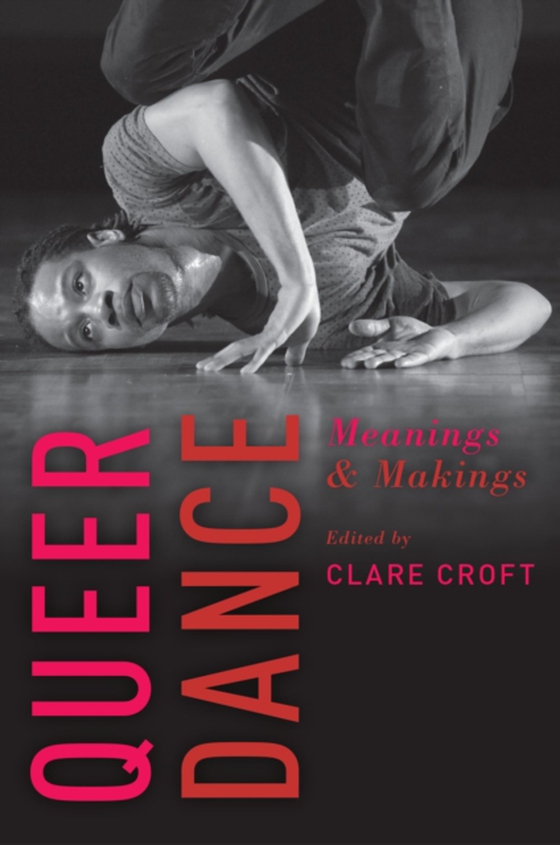
Queer Dance e-bog
288,10 DKK
(inkl. moms 360,12 DKK)
If we imagine multiple ways of being together, how might that shift choreographic practices and help us imagine ways groups assemble in more varied ways than just pairing another man with another woman? How might dancing queerly ask us to imagine futures through something other than heterosexuality and reproduction? How does challenging gender binaries always mean thinking about race, thinking ...
E-bog
288,10 DKK
Forlag
Oxford University Press
Udgivet
31 marts 2017
Længde
352 sider
Genrer
ASD
Sprog
English
Format
pdf
Beskyttelse
LCP
ISBN
9780199377343
If we imagine multiple ways of being together, how might that shift choreographic practices and help us imagine ways groups assemble in more varied ways than just pairing another man with another woman? How might dancing queerly ask us to imagine futures through something other than heterosexuality and reproduction? How does challenging gender binaries always mean thinking about race, thinking about the postcolonial, about ableism? What are the arbitrary rules structuring dance in all its arenas, whether concert and social or commercial and competition, and how do we see those invisible structures and work to disrupt them?Queer Dance brings together artists and scholars in a multi-platformed project-book, accompanying website, and live performance series to ask, "e;How does dancing queerly progressively challenge us?"e; The artists and scholars whose writing appears in the book and whose performances and filmed interviews appear online stage a range of genders and sexualities that challenge and destabilize social norms. Engaging with dance making, dance scholarship, queer studies, and other fields, Queer Dance asks how identities, communities, and artmaking and scholarly practices might consider what queer work the body does and can do. There is great power in claiming queerness in the press of bodies touching or in the exceeding of the body best measured in sweat and exhaustion. How does queerness exist in the realm of affect and touch, and what then might we explore about queerness through these pleasurable and complex bodily ways of knowing?
 Dansk
Dansk

